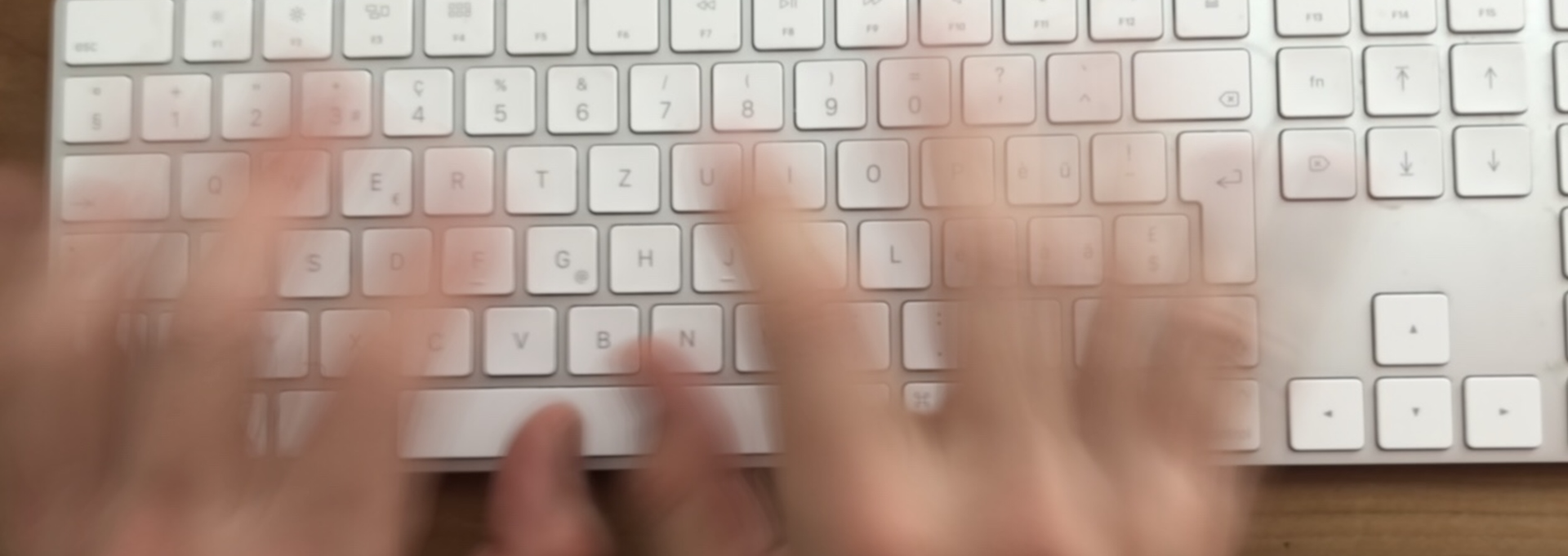News
International Convention on the Protection against Biological Hazards adopted
How can we better protect ourselves in the workplace from biological hazards such as viruses, bacteria, endoparasites, but also allergens, toxins and irritants of plant and animal origin? An international convention under the auspices of the #ILO* now sets out the...
GAeF’s START 2025 will be hosted by SCOEH in Winterthur
SCOEH is happy to host the next GAeF START conference. Reflecting the spirit of its namesake „Schwebstoff-Technische Arbeits-Tagung“, START is a highly interactive meeting where all participants can actively contribute. This second GAeF START conference on aerosol...
Clean air for pandemic proof buildings
A strategy presented by the expert group on "Pandemic-proof buildings" in the form of a White Paper. Download the White Paper (PDF) Over 150 years ago, the risks of waterborne diseases such as Cholera were tamed by the public provision of clean water. We argue that...
Coronavirus transmission during outdoor running races and athletics events
We all know that indoors there is a high risk of transmission, as respiratory fog-like aerosols accumulate mainly in small and poorly ventilated spaces. But what is the situation outdoors? Do these fog-like aerosols play a role? And what is the contribution of larger...
Why do new variants of SARS-CoV-2 spread so fast?
In our recent article, we explore two aspects that could explain the fast spreading of recent variants of the Corona virus: viral load and infectivity. Initially, we wrote this article in view of the Delta variant but expanded it later to include also Omicron. Keep in...
Aerosols as major transmission path and what we can do
On 7 December 2021 I had the opportunity to present my thoughts about aerosol transmission to a group of members of the Swiss parliament. Here is the video (in German). Note: I will add later also an English and French version - but this may be only after the X-Mas...
A guide towards healthy classrooms
How can we reduce the potential spread of the SARS-CoV-2 virus through aerosol transmission in classrooms? Researchers from Europe’s COST-Action INDAIRPOLLNET (led by Xavier Querol and Maricruz Minguillón from CSIC and Michael Riediker from SCOEH) developed a guide...
This winter, be quiet when going to ski
Winter has arrived and so did a second wave of the Corona-disease. With winter comes also snow and the desire to go skiing. But is it safe? The debates are heated and governments take actions that go from asking people to mask up to prohibiting skiing all-together. But what does science tell us? Let’s look at some of the strategies.
Corona strategies inspired by a battle-field game
I was recently contacted by a soldier who was trying to understand why the virus continues to spread rapidly even though my research suggests that those having the possibility to transmit the virus to others are rare. I answered with a battle-field analogy. These are...
A tool to rapidly simulate the airborne virus exposure in different indoor scenarios
We estimated the variability of the viral emission strength in the general infected population when breathing, speaking softly and loudly. Thus, how often we have to expect that an infected person has low, medium or high virus emissions.
We then packaged all the complicated statistics into an easy to use tool that allows experts a rapid simulation of a wide range of indoor scenarios. Here you can read more about it and download the tool (an Excel-Spreadsheet).
How can we stay safe in fall and winter? Part 2: collective measures
In my last blog I talked about individual measures that each and everyone can take to stay safe and healthy. Here I will touch on collective measures. Collective measures are those that need to be done together to protect everybody or a specific group of people, such as the elderly and sick. Typically collective measures need the definition of rules within a larger collective, such as a company or by a government.
How can we stay safe in fall and winter? Part 1: individual measures
The seasons are changing and the corona-virus is still here. In many parts of the world, a second wave has started. How can we stay safe and healthy during the coming fall and winter? Do we need a second lockdown? Not, if we take the right measures - and - importantly...
Only few emit sufficient virus to be infectious via aerosols – but this is still bad news!
We published a model to estimate viral aerosol emissions from simulated individuals with asymptomatic to moderate COVID-19. People in the same room as a super-emitter are likely to get infected. Aerosol super-emission of viruses is a rare phenomenon but still a big public health problem. Ventilation helps, but measuring CO2 in the room is not giving the information we need.
Nano-safety research lessons for dealing with aerosol transmissions of COVID-19
Viruses have many properties that are well known to nanomaterial researchers because once released from a host cell, they correspond to a large part to nanovesicles dispersed in an aqueous salt and protein solution. Many of the strategies developed for safe work with high-activity nanomaterials can be expected to work also for the virus…
Low exhaled breath droplet formation may explain why children are poor SARS-CoV-2 transmitters
A characteristic of the novel coronavirus disease 2019 (COVID-19) is the few cases of severely affected children. They not only rarely get symptoms but also seem to be poor transmitters. We propose that this may be explained by …
Some of the virus can become airborne. Do I have to worry?
When people breathe, speak or sing, they always emit small quantities of tiny lung lining fluid droplets, small enough to stay airborne for many hours. Should I worry about these aerosols? Not much if you cross others briefly on the street. Yes, if you spend a long...
How to contain COVID-19 when restarting school
Worldwide, countries closed their schools because of COVID-19. But in Switzerland, in three weeks from now, schools are supposed to reopen. Can this be done safely? Probably yes, but only with great prudence! It is not enough to hope that the kids will be fine....
Why location data is important – and how this could be done without invading privacy
Imagine you are driving and hear on the radio: „Attention, in Canton Zurich, there is a wrong-way driver on the highway - to respect the driver’s privacy, we cannot disclose the location“. This would be crazy, right? In public health, location data can be extremely...
Also your cat and dog should go in social isolation
Today, many news outlets reported that one of the Bronx zoo tigers was tested positive for COVID-19. The tigress Nadia developed a severe dry cough, reason why she got tested. It turned out that also the other three tigers along with three lions developed the same...
Shall masks be worn? Yes, but it depends!
True or false? „Washing hands is useless because people don’t do it right and because they touch their face too often!“ FALSE! But why do we hear the same arguments about wearing hygiene mask (surgical masks) to prevent the spread of the respiratory disease COVID-19?...

